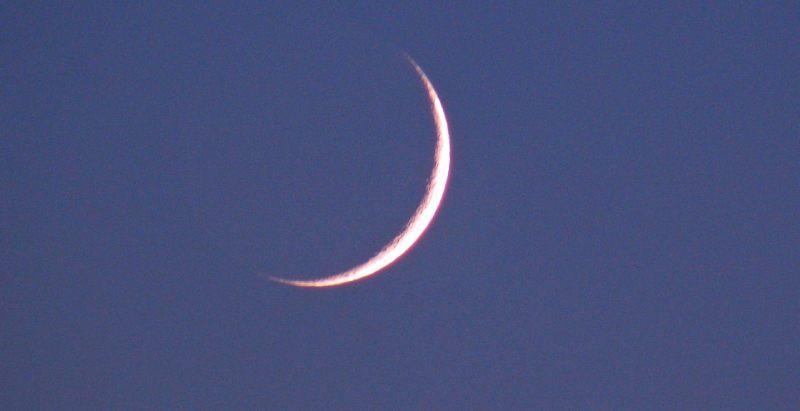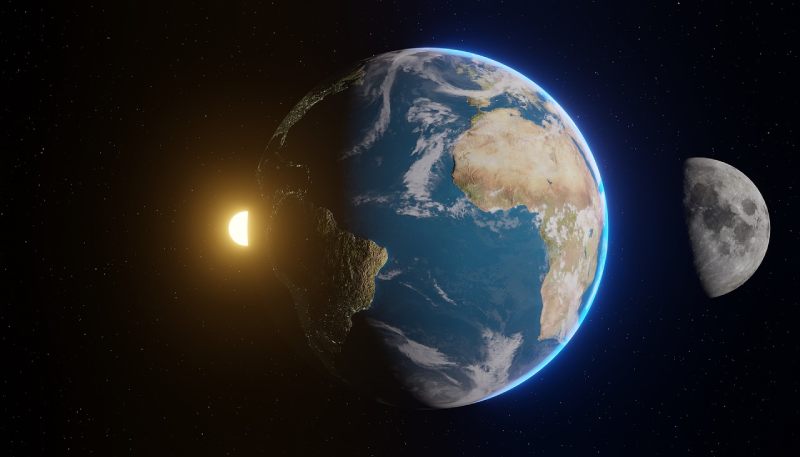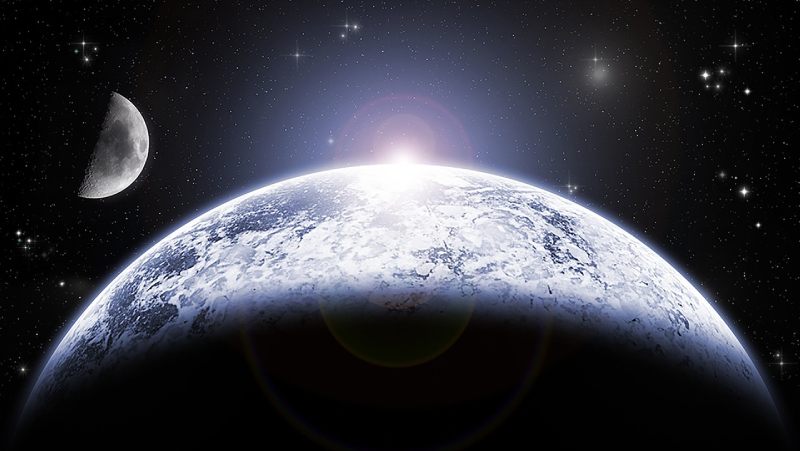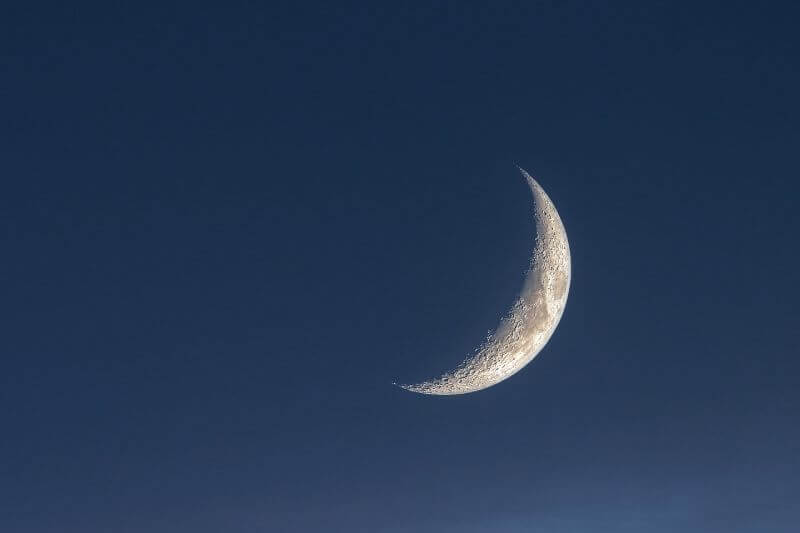That eastern edge, with a beautiful C-shape, is what we love about the crescent. You will notice that each phase differs if you’ve been careful enough. The crescent happens between the new Moon and the full Moon. The full Moon is spherical, while the new Moon is barely visible, which is attributed to the difference in appearance of the crescent. The brighter phase, the waxing crescent Moon, is seen in the D-shape, while the waning crescent Moon is in the C-shape, which occurs in the thinner shape. Sometimes, the crescent Moon appears in a U-shape. The difference is that the waxing crescent has a bigger illuminated area than the waning Moon. But why does the Moon exhibit this crescent shape?
The Crescent Phase
The reflection of the light from the Sun helps the Moon be visible. The different phases of the Moon are obtained from the orbital relationship with Earth and the Sun. As the Moon orbits Earth, different parts of the Moon’s surface are lit by the Sun’s rays. As a result, the Moon exhibits different shapes. As the Moon’s position keeps changing from orbiting Earth, the Moon sometimes appears small and bigger. Therefore, a lunar cycle is responsible for different phases of the Moon in a given period, and even that crescent phase is the Moon’s appearance in its smaller and larger phases.

The Moon’s orbit around Earth is an ellipse – not a perfect circle. What does this mean? It means the distance between the Earth and the Moon varies as it moves along the path. When the Moon is at its furthest point to Earth – known as apogee – it appears slightly smaller in the sky. Conversely, when it’s at its closest point – perigee – it appears large.
The Reason Why The Moon Is Crescent
The crescent shape of the Moon is a result of the tilt relative to the Earth’s orbital plane and the Earth’s axial tilt, too, and the Moon’s elliptical orbit. As earlier mentioned, these interplaying forces give rise to the different phases we observe. When the Moon gets nearer to the Sun, we see more of the side lit by the Sun, making shapes like parts of the Moon that aren’t full or crescent. The Sun doesn’t completely reach the Moon’s surface from where we stand on Earth, thus making a unique curved slice called the crescent Moon.

The Earth leans at an angle of around 23.5 degrees, which plays a big part. Depending on an observer’s latitude, the tilt alters the angle at which they observe the crescent shape. The waxing crescent and other phases take shape due to the specific alignment of the Moon, Earth, and Sun. The alignment causes the illuminated part of the Moon to differ in visibility, thus leading to various forms of crescent shapes we see.
Why Does the Moon Shine From The Bottom Sometimes?
If you look at the Moon for a couple of months, you’ll realize something interesting. Sometimes, the bright part of the Moon is at the bottom, while at other times, it’s on the side. Why does this happen? This occurs because of how the Moon moves around Earth and how Earth moves around the Sun. Whether you see a backward C-shape (bright on the side) or a U-shape (bright at the bottom) depends on where you are on Earth. But no matter your place or position, the reason remains the same.

The part of the Moon that’s illuminated always points to the Sun. Now, imagine a picture of Earth going around the Sun. Sometimes, the top part of Earth usually faces the Sun, while at times, it’s the bottom part. That’s why we have different seasons, like winter and summer. Also, this affects how the Moon looks when we see it from Earth. Sometimes, it looks like it is slanting; other times, it looks like it’s going straight down to the horizon – that’s when you see a U-shape. Most people would describe the Moon shape as having two pointy parts at the top. Depending on where you are, it can happen once or twice a year.
Conclusion
The Moon goes around Earth in a wonky way and tilts a bit, which makes the Moon’s shape change. Sometimes, only a part of the illuminated Moon can be seen – giving rise to the crescent shape we see.

